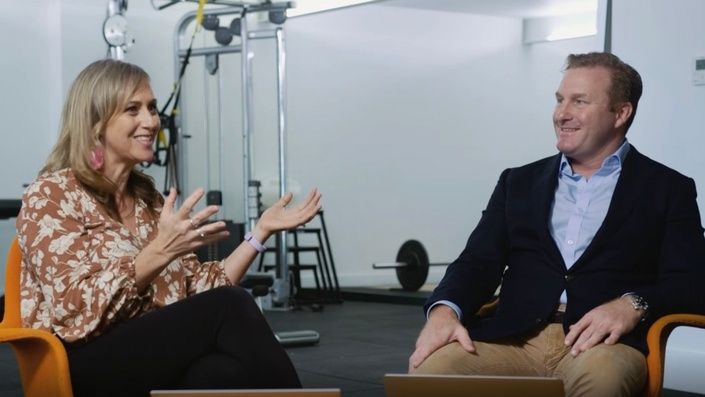For most ACL reconstructed patients, their first competitive game can't come soon enough! However, in their quest to get back to sport at a rapid rate, corners are often cut and quality of rehab frequently suffers.
This real issue has been shown previously in research by Toole et al (2017) and Welling et al (2018) who showed that only 11-14% of non-elite athletes respectively passed all discharge criteria by at least 8-9 months post-op ACLR. To strengthen this body of research, a similar trend was seen in a group of ACLR patients here in Perth, Western Australia (Edwards et al., 2018).
The authors recently followed-up with 113 non-elite ACLR patients (75 males, 38 Females) at an average of 12 months post-op and found some very concerning things.
Here are some of their key findings:
- 63% of the 113 returned back to pre-injury level of sport; which is consistent with previous research by Ardern et al (2011).
- 50% of those who returned to sport were considered to have conducted "incomplete rehab". Note: "Complete" rehab was defined as meeting current best practice guidelines of supervised rehab for at least 6 months that included hopping, agility and landing exercises; followed by either independent or supervised return to sport.
- Those that conducted "Complete" rehab were 10x more likely to pass discharge criteria, and were 8x more likely to RTS
- Those that returned to sport, only 23% passed all discharge criteria.
Note: "Passing" discharge criteria was considered when ALL of the following was met:
- >90% LSI on peak quads strength
- >90% LSI on peak hamstrings strength
- >90% LSI on single leg hop test
- >90% LSI on triple leg hop test
- >90% LSI on triple crossover hop test
- >90% LSI on 6m timed hop test
(NB: FAIL was considered if just one of these tests was not met)

So as you can see, pretty alarming statistics from a typical group of ACLR patients that we all might come across in our daily practice.
The biggest concern however is that with over 75% of ACLR patients returning back to high risk cutting/pivoting sports WITHOUT passing discharge criteria, it significantly increases their risk of graft re-injury or an ACL injury to their other limb.
This was shown in a recent paper on professional male soccer players who were shown to have a 4x greater risk of ACL re-injury when they returned to sport without passing all discharge criteria (Kyritsis et al, 2016).
Take home messages:
To lower the risk of ACLR injury and increase the likelihood of returning back to pre-injury sport, ACLR patients need to:
1) Conduct a period of supervised rehab for at least 6 months, that includes hopping, jumping and landings and a structured return to sport plan
2) Pass a series of strength and function tests before being allowed to return to unrestricted training and sport
References
- Toole, A.R., et al., Young Athletes Cleared for Sports Participation After Anterior Cruciate Ligament Reconstruction: How Many Actually Meet Recommended Return-to-Sport Criterion Cutoffs? J Orthop Sports Phys Ther, 2017. 47(11): p. 825-833.
- Welling, W., et al., Low rates of patients meeting return to sport criteria 9 months after anterior cruciate ligament reconstruction: a prospective longitudinal study. Knee Surg Sports Traumatol Arthrosc, 2018.
- Edwards, P.K., et al., Patient Characteristics and Predictors of Return to Sport at 12 Months After Anterior Cruciate Ligament Reconstruction: The Importance of Patient Age and Postoperative Rehabilitation. Orthop J Sports Med, 2018. 6(9): p. 2325967118797575.
- Ardern, C.L., et al., Return to sport following anterior cruciate ligament reconstruction surgery: a systematic review and meta-analysis of the state of play. Br J Sports Med, 2011. 45(7): p. 596-606.
- Kyritsis, P., et al., Likelihood of ACL graft rupture: not meeting six clinical discharge criteria before return to sport is associated with a four times greater risk of rupture. Br J Sports Med, 2016. 50(15): p. 946-51.
ACL & Knee Masterclasses
Did you enjoy this blog? Enrol in one of our Masterclasses about the ACL or the adolescent knee:

